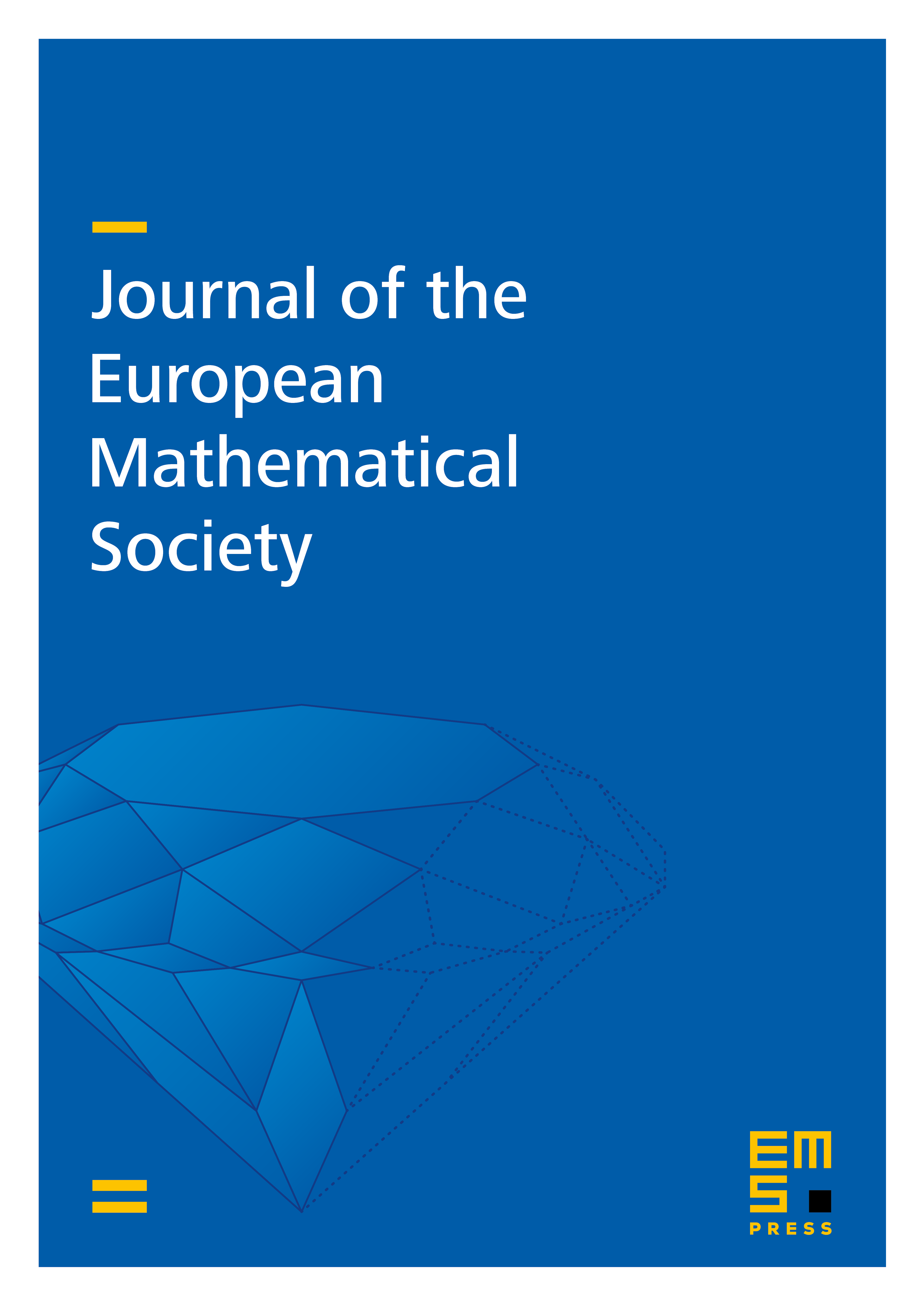Representation homology, Lie algebra cohomology and the derived Harish-Chandra homomorphism
Yuri Berest
Cornell University, Ithaca, USAGiovanni Felder
ETH Zürich, SwitzerlandSasha Patotski
Cornell University, Ithaca, USAAjay C. Ramadoss
Indiana University, Bloomington, USAThomas Willwacher
Universität Zürich, Switzerland

Abstract
We study the derived representation scheme DRep parametrizing the -dimensional representations of an associative algebra over a field of characteristic zero. We show that the homology of DRep is isomorphic to the Chevalley–Eilenberg homology of the current Lie coalgebra defined over a Koszul dual coalgebra of . This gives a conceptual explanation to some of the main results of [BKR] and [BR], relating them (via Koszul duality) to classical theorems on (co)homology of current Lie algebras . We extend the above isomorphism to representation schemes of Lie algebras: for a finite-dimensional reductive Lie algebra , we define the derived affine scheme DRep parametrizing the representations (in ) of a Lie algebra ; we show that the homology of DRep_ is isomorphic to the Chevalley–Eilenberg homology of the Lie coalgebra , where is a cocommutative DG coalgebra Koszul dual to the Lie algebra . We construct a canonical DG algebra map , relating the -invariant part of representation homology of a Lie algebra in to the -invariant part of representation homology of in a Cartan subalgebra of . We call this map the derived Harish-Chandra homomorphism as it is a natural homological extension of the classical Harish-Chandra restriction map.
We conjecture that, for a two-dimensional abelian Lie algebra , the derived Harish-Chandra homomorphism is a quasi-isomorphism. We provide some evidence for this conjecture, including proofs for and as well as for and in the inductive limit as . For any complex reductive Lie algebra , we compute the Euler characteristic of DRep in terms of matrix integrals over and compare it to the Euler characteristic of DRep. This yields an interesting combinatorial identity, which we prove for and (for all ). Our identity is analogous to the classical Macdonald identity, and our quasi-isomorphism conjecture is analogous to the strong Macdonald conjecture proposed in [Ha1, F] and proved in [FGT]. We explain this analogy by giving a new homological interpretation of Macdonald's conjectures in terms of derived representation schemes, parallel to our Harish-Chandra quasi-isomorphism conjecture.
Cite this article
Yuri Berest, Giovanni Felder, Sasha Patotski, Ajay C. Ramadoss, Thomas Willwacher, Representation homology, Lie algebra cohomology and the derived Harish-Chandra homomorphism. J. Eur. Math. Soc. 19 (2017), no. 9, pp. 2811–2893
DOI 10.4171/JEMS/729